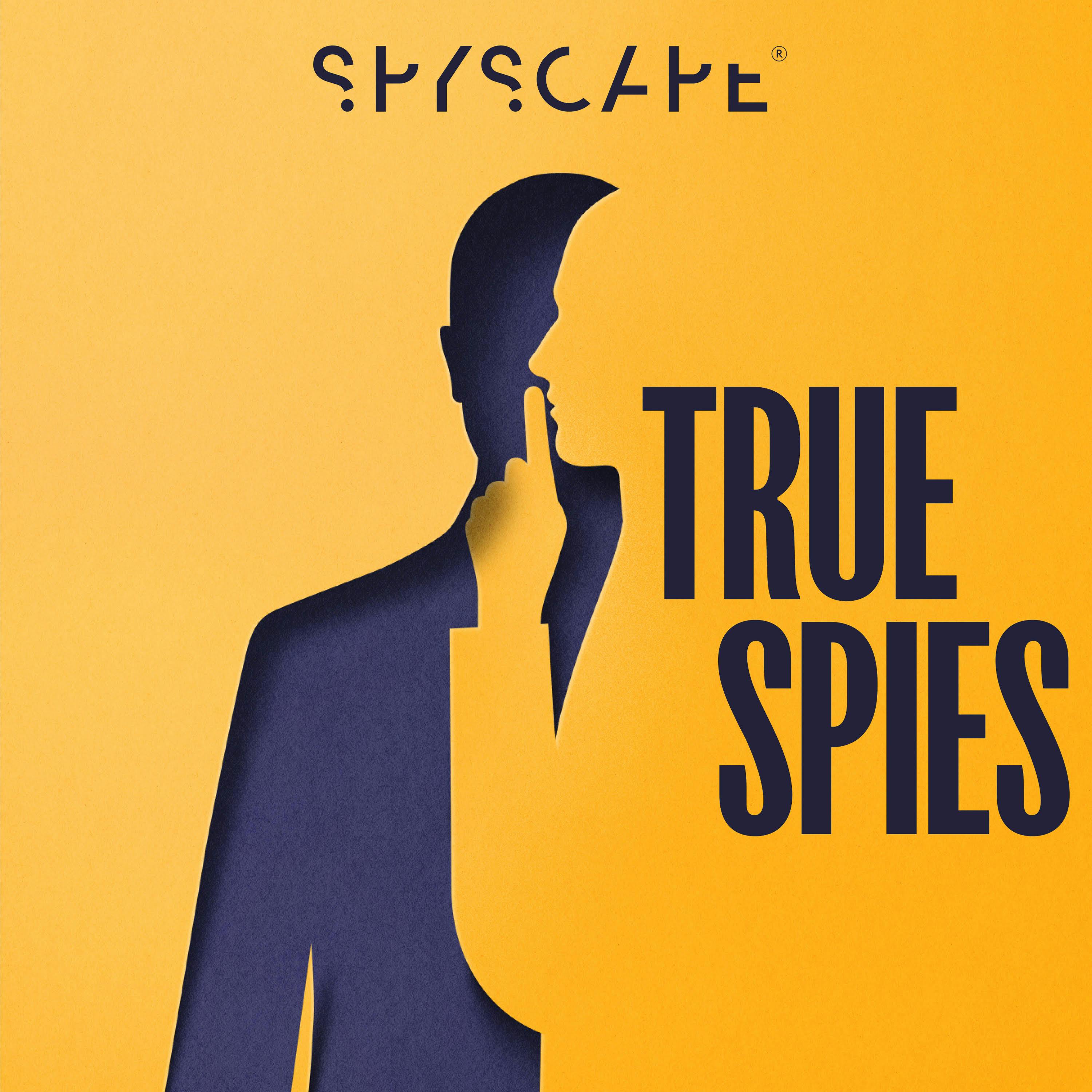
Tradecraft, Part 9

True Spies: Espionage | Investigation | Crime | Murder | Detective | Politics
Deep Dive
Who was Emily Anderson and what was her role in World War II?
Emily Anderson was a classical musicologist and civil servant in the British Foreign Office, but she was also one of the best female codebreakers during World War II. She worked at MI1B, the Army's cryptanalysis unit, where she decrypted enemy diplomatic messages by identifying patterns and repetitions in encoded communications.
How did Emily Anderson use her skills in codebreaking?
Emily Anderson used her expertise in recognizing patterns and repetitions to decode enemy messages. She identified linguistic clues, such as German verb endings, to determine the language of the code. She then compiled these patterns into a system called 'book building,' which allowed her to break codes in multiple languages.
What was the significance of the Silk Road bust in 2013?
The Silk Road bust in 2013 marked the takedown of the most notorious online black market in internet history. The FBI arrested Ross Ulbricht, known as DPR (Dread Pirate Roberts), who ran the site. The operation involved tracking Ulbricht, ensuring his laptop remained open and logged in, and seizing at least 144,000 bitcoins worth around $28 million at the time.
How did FBI agent Chris Tarbell ensure the success of the Silk Road bust?
Chris Tarbell and his team meticulously planned the arrest of Ross Ulbricht, ensuring his laptop remained open and logged in to access Silk Road. They purchased adapters to keep the laptop powered and avoided a SWAT team approach to prevent Ulbricht from shutting it down. Tarbell personally confronted Ulbricht in a library, where agents secured the laptop and made the arrest.
Who was Sonia and what was her role in espionage during World War II?
Sonia, codename for Ursula Kaczynski, was a German communist spy who operated in rural Oxfordshire, UK, during World War II. She posed as a homemaker while transmitting top-secret information about the Anglo-American Atomic Project to the Soviet Union. She used a second house with hidden radio equipment to avoid detection by British intelligence.
How did Sonia avoid detection by British intelligence?
Sonia avoided detection by using a second house with hidden radio equipment located near a wartime airport in Kidlington, Oxford. The constant radio traffic from the airport masked her transmissions to the Soviet Union. She also maintained a public persona as a homemaker, baking scones and engaging with her community to blend in.
What tactics did Miriam Rodriguez use to track down her daughter's killers?
Miriam Rodriguez used open-source intelligence, undercover work, and investigative skills to track down members of the Zetas cartel who murdered her daughter. She posed as a newcomer, befriended suspects' family members, and used social media to gather information. She also leveraged legal expertise to ensure the arrested Zetas remained behind bars.
What was the outcome of Miriam Rodriguez's campaign against the Zetas?
Miriam Rodriguez successfully arrested several Zetas members, but her campaign ended tragically when she was murdered by the cartel in 2017. Her son, Luis, continued her work using the same tradecraft skills she had employed. Her death sparked widespread outrage and led to the capture of her killer.
What techniques did interrogators at Fort Hunt use to extract information from Nazi prisoners?
Interrogators at Fort Hunt used techniques such as wearing similar ranks to the prisoners, recruiting informers among the detainees, and eavesdropping on conversations with hidden microphones. These methods helped them extract crucial information, including details about the Nazis' T-5 acoustic torpedo.
What was the significance of the Honeysuckle building at Fort Hunt?
The Honeysuckle building at Fort Hunt housed the eavesdropping unit, where soldiers listened in on conversations of German prisoners. If significant information was overheard, transcripts were made. This unit played a key role in gathering intelligence from uncooperative detainees.
- Emily Anderson, a classical musicologist, secretly worked as a codebreaker for MI1B.
- She used code-breaking techniques like 'cribs' and 'book building'.
- She mastered code-breaking in five languages.
Shownotes Transcript
The tools in a spy's arsenal are more varied than you might think. But they all come under one name: Tradecraft.
In our ninth round of insights from the world of espionage, Rhiannon Neads looks back on lessons drawn from intrepid cyber-cops, nuclear double-dealers, crafty codebreakers and more.
From SPYSCAPE, the HQ of secrets. A Cup And Nuzzle production. Series producer: Joe Foley. Produced by Alex Burnard. Music by Nick Ryan.
Learn more about your ad choices. Visit megaphone.fm/adchoices)